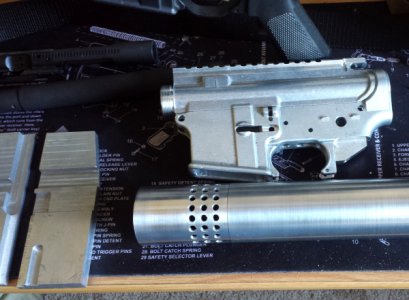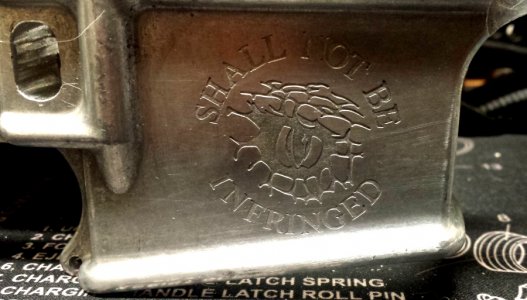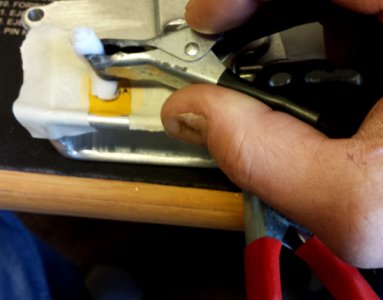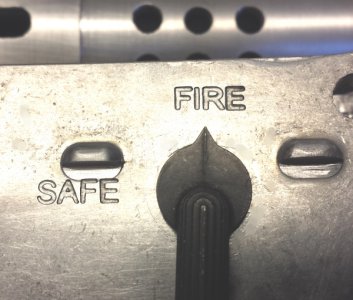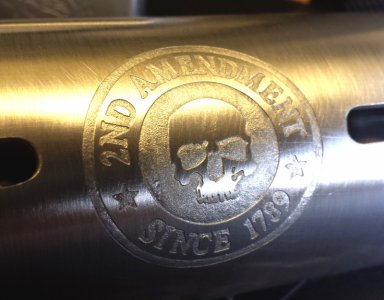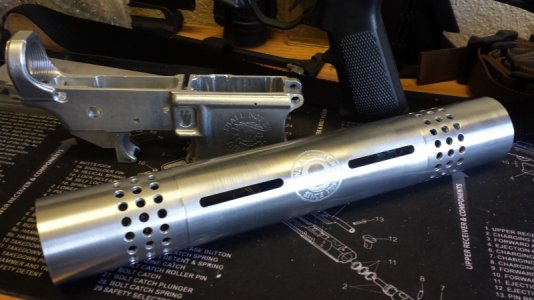- Joined
- Dec 22, 2012
- Messages
- 328
Thanks Bob, that is absolutely correct. However, it is recommended: If I were at a public range and someone saw that my 300 had no SN, they might not know the regs and create a problem. Also, in the very unlikely event that someone stole the weapon, I will have a record of identifying data that I can submit to LE. Cheap insurance to prevent "complications". BTW, I will etch a matching number onto the upper (because I can).The depth requirement only affects licensed manufactures. Home builder don't even need to put any ID'ing marks on a lower. If i can find the copy of a letter a friend recieved from ATF I will post it.
Bob
Tom


